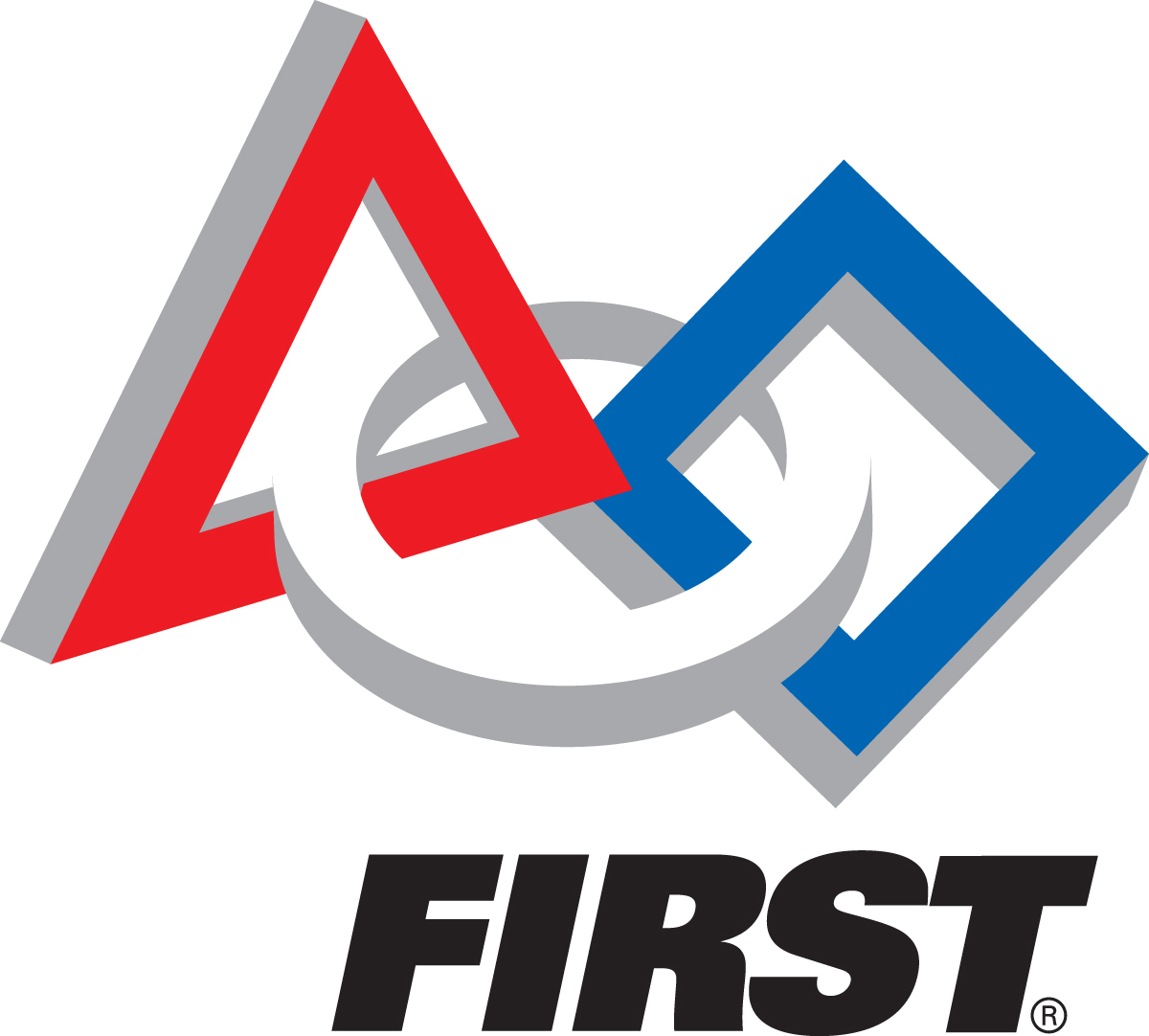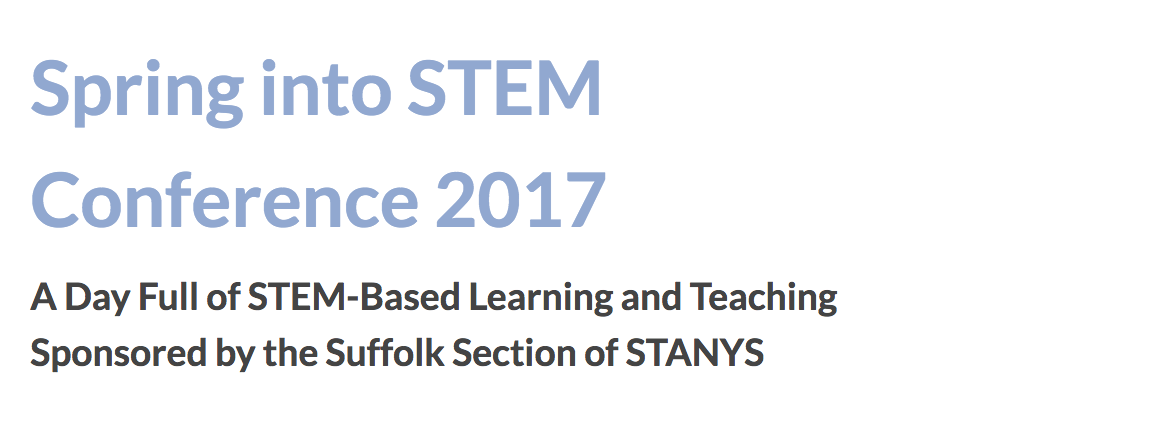The first of the year always tends to give my kids anxiety and feeling of abandonment. The next six weeks they will lose their parent. My precious Dorothy (5) and adorable Jame (3) will only see me on FaceTime for bedtime and a quick 5 minutes in the morning when they wake up as I am going out the door. This is due to the oath I took as well as thousands of others globally to be a FIRST robotics mentor. January 6th the Saturday that begins the 6 weeks of build season. For those of you that are unaware, this day Globally at about 10 am EST we learn our fate and the game of the year. In this cas, I am lucky that I live in the same time zone as where the game is released. Broadcasted out from the main kickoff event in New Hampshire Dean Kamen and Woodie Flowers send their message and homework to the world. Then the problem solving, game strategies, and money for supplies starts flowing. Here is the link to this years game.
There has been plenty of preparation gone into the year before the kick-off. Teams have been training new members and fundraising. Plenty of fundraising is required to build these elaborate robots. Our team tries to include local businesses and to help sponsor and mentor our team. What is great about this, is that our students go out and have to talk and convince the sponsors how great this program and why they need to support us. Also, students show up not knowing the difference between a wrench and a hammer. So the leadership of the program is charged with training the new members on the equipment and start building the family. Robotics becomes more than a program to the kids. It becomes family. Our team motto has become “relationships forged with aluminum but built for life” This has become more evident to me as I just went to a wedding of one of our alumni. As I saw her cake with FIRST symbols and binary code, and sitting at the robotics table, I knew I was apart of something bigger than I. Each one of the alumni had a masters in engineering, programming, and heading into Medical School.
Now for this years game. This year we need to stack milk crates “power cubes” onto a balance beam that is either about 2 feet or 5 feet off the ground. As long as the balance is tilted to our team we are building points. Then at the end of the game we can opt to climb a 7 foot high bar for 30 points. The moment we find out our task the students start to problem solve and design. They prototype and do research. They have found out that a previous robot that we built while these students were in elementary school. Was able to stack crates with ease. So they savagely recycled her. So now have a robot in the works. Making better what we used in the past. Also the climbing task was very similar to another robot we built when these students were in Pre-k. They are currently adapting the plans to meet this years needs. Students are actively working each day doing things that they can not do anywhere else.
The way the build works is that student leadership is charged with different teams and the leadership is not supposed to touch tools but to assist the younger members staying on task and the leadership reports to mentors. This is what every team should be doing. Using the adults as a reference but the robots should be built completely by students. Student ideas should be examined experimented and tested. Although some of the robots do not look student built at all. I get some joy in seeing the finished product and the pride of my team each year.
The FIRST program is a program that get the students heads out of their phones and gaming systems and takes textbook knowledge and puts it to real use. Get the students to make something real and tangible. Gives them the ability to fail, fall down, and pick themselves up to succeed. Any student that does not have an idea fail doesn’t learn anything. It is not uncommon to see a student break down when something they worked hard for fail, but you see them get the determination to adapt and change their idea. These are the success stories. They own their creation. Often their creation becomes their child. When the students develop this adaptation and creativity you see it in the pits of the competition. That is a sight to see. The team converge on their bot during competition and fix things that broke or tweek their design to make their bot better mid competition. My job is to support them and the students make it happen. They are learning to depend on themselves and their team. They are learning that life is not about memorizing what someone told them, they are learning life does not have an instruction manual. They are learning that they need to critically think and whatever they put their mind to they can accomplish.
The team is not just about building robots. Team 2161 is also about helping others. In the past 12 years or so They have raised over $200,000 for St. Baldricks to help fund research on childhood cancers. They put the whole event together and team alumni come back to shave the way to a cure. Please consider donating or coming.
As my children Dori and James lose a parent for six weeks. In the end when they come to competition they see their extended family the robotics team. As my kids come up to the school to support my events , the students get to know them and the students will have them control a robot and show them what their parent has been up to. James also has been shaving his head since he was one year old. My students expect my kids to be at competition too. So each year the family grows. The stress and anxiety continues but in the end a better society can be formed with the critically thinking students that realize that they hold the key to greatness. I leave you with these two quotes from Nicola Tesla “Today’s scientists have substituted mathematics for experiments, and they wander off through equation after equation, and eventually build a structure which has no relation to reality.” “I do not think there is any thrill that can go through the human heart like that felt by the inventor as he sees some creation of the brain unfolding to success… such emotions make a man forget food, sleep, friends, love, everything.”













